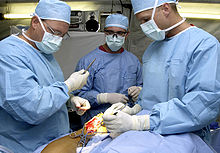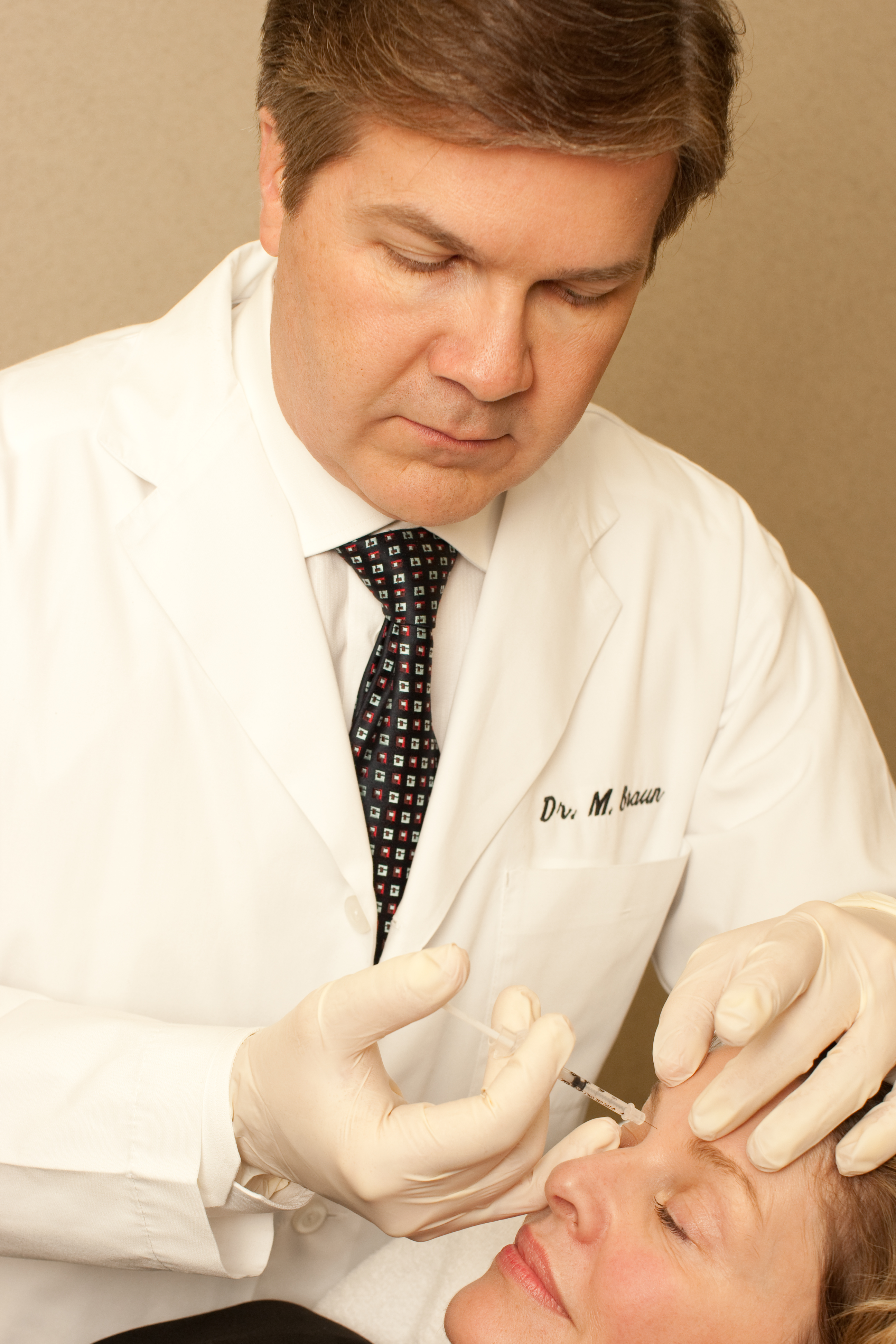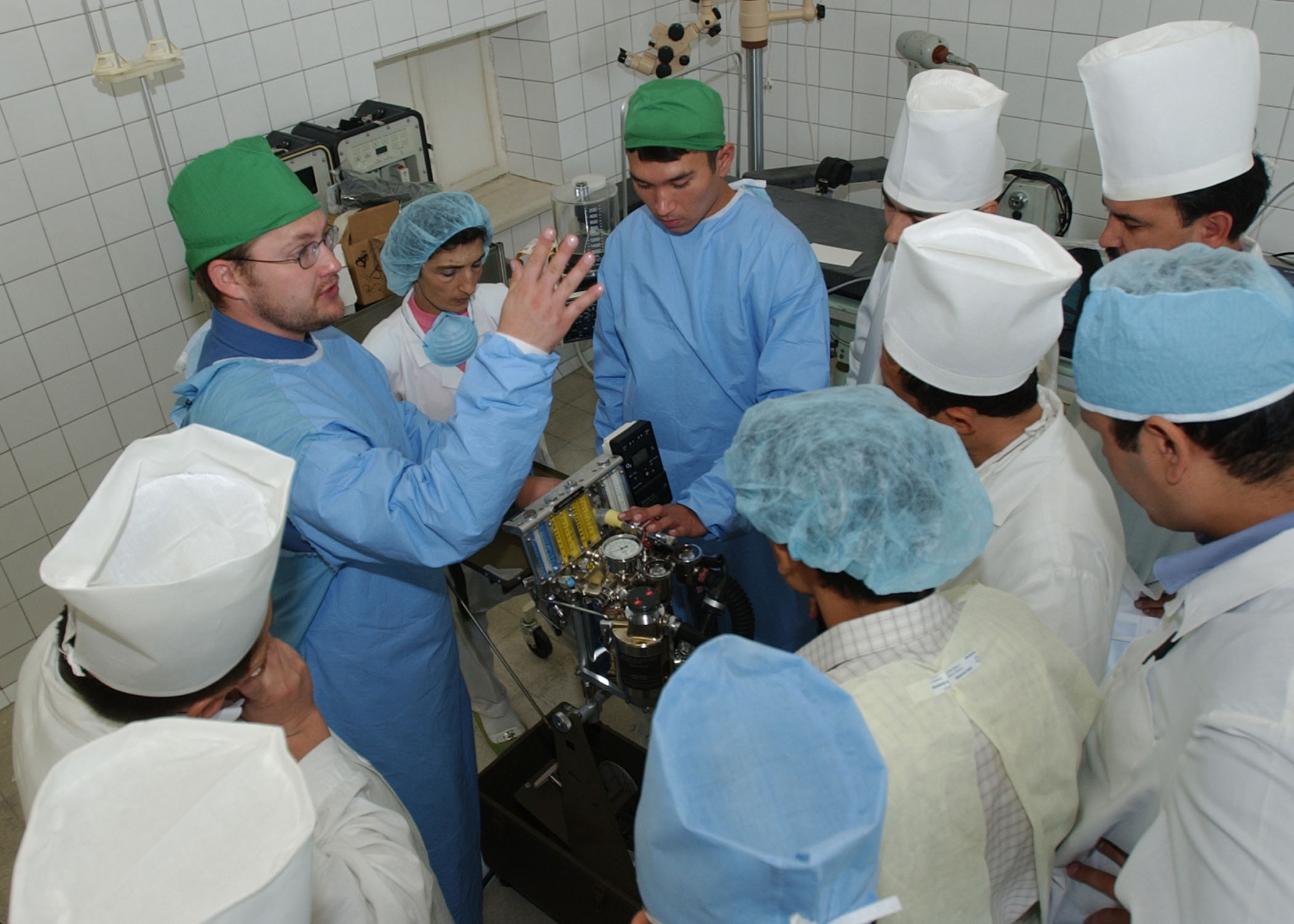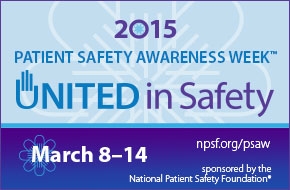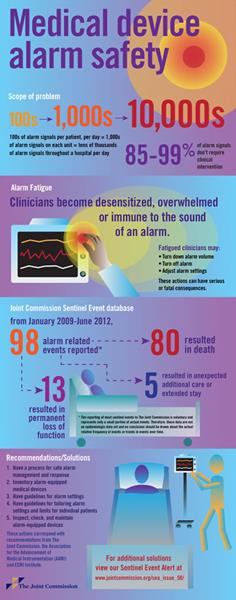Patient Identification Error, a Prevalent type Medical Malpractice
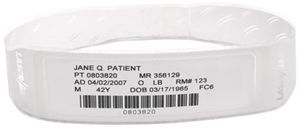 Patient identification error may be medical malpractice that can result in serious injury and sometimes death of a patient. This type of medical error can happen at any step of a medical process from lab testing to medication administration and even billing.
Patient identification error may be medical malpractice that can result in serious injury and sometimes death of a patient. This type of medical error can happen at any step of a medical process from lab testing to medication administration and even billing.
A special report published by the ECRI Institute reviewed 160 recent scientific searches and publications written on this type of medical malpractice to provide a snapshot of the status of this prevalent occurrence.
The report found patient identification errors at each of the following clinical contexts:
 New York Personal Injury Attorneys Blog
New York Personal Injury Attorneys Blog


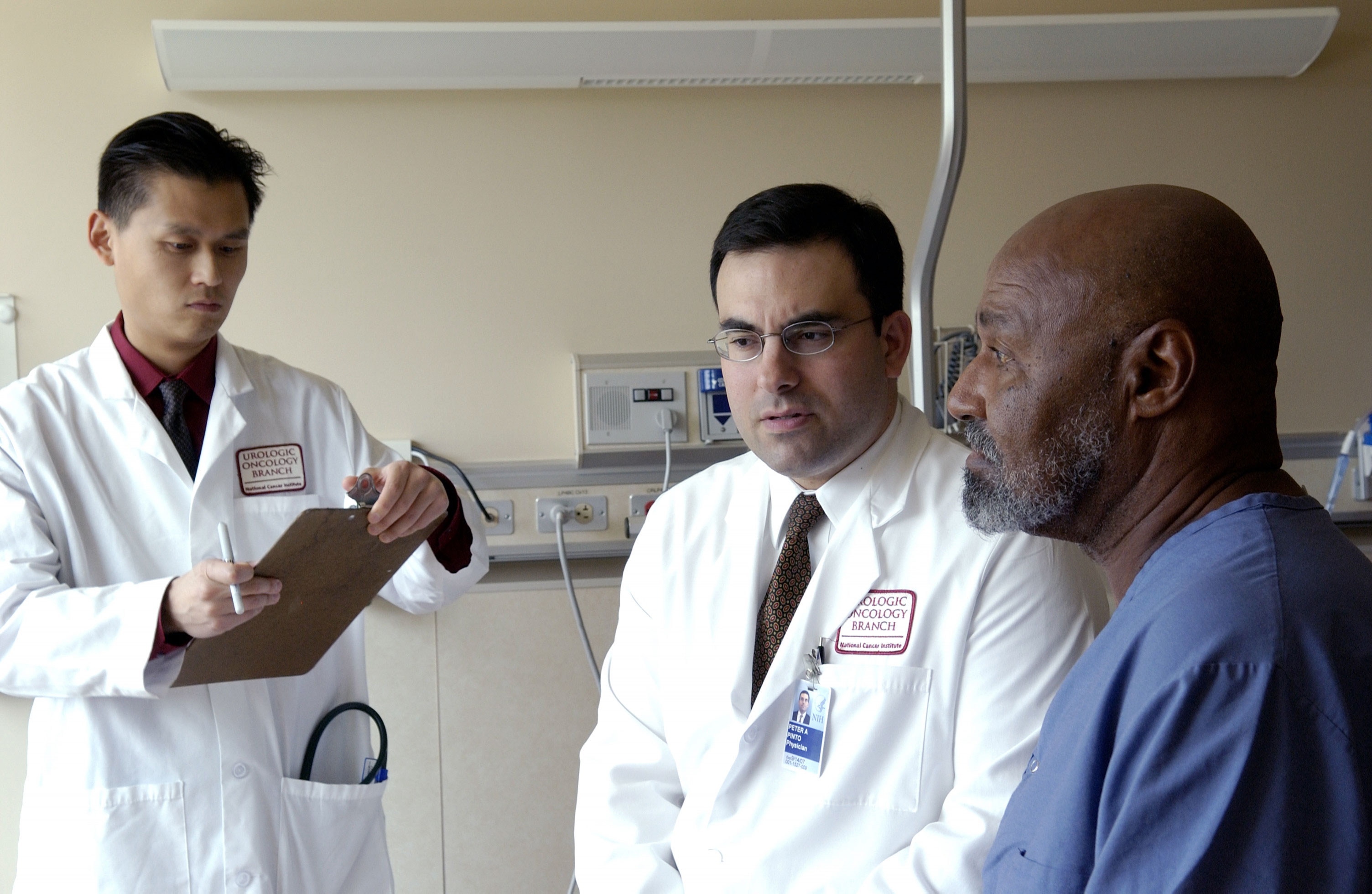 Medical Malpractice may have been committed on many American Africans who were previously diagnosed with hypertrophic cardiomyopathy. A recent study found that some genetic variations that were linked to this condition were indeed harmless. These specific genetic variations were found more often in black Americans than in white Americans. Therefore many patients from African descent may have been misdiagnosed or are still being
Medical Malpractice may have been committed on many American Africans who were previously diagnosed with hypertrophic cardiomyopathy. A recent study found that some genetic variations that were linked to this condition were indeed harmless. These specific genetic variations were found more often in black Americans than in white Americans. Therefore many patients from African descent may have been misdiagnosed or are still being 